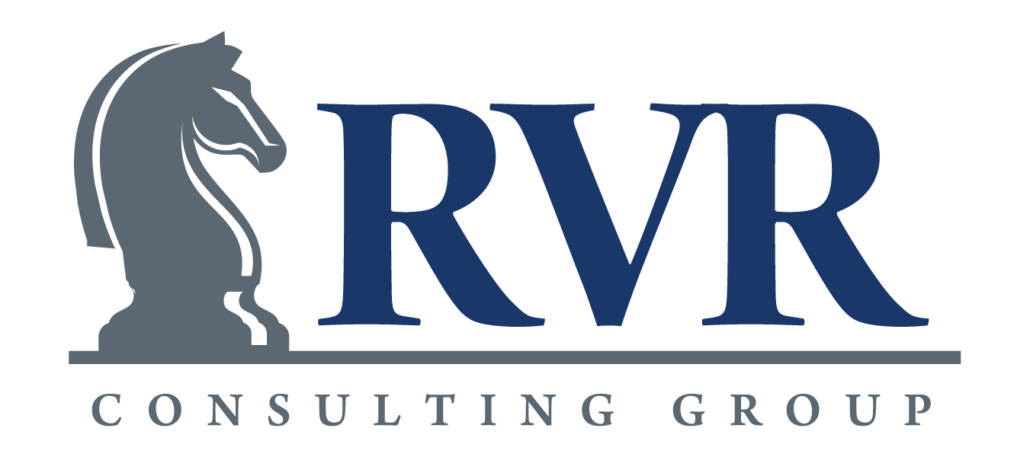Acquisition Integrations: Avoid these Common Challenges to Ensure a Smooth Transition
With economic and market conditions constantly evolving, multiple industries have gone through significant changes in recent years. Due to the ever-increasing challenge of growing sales and retaining customers, industry competition has fostered an environment where mergers and acquisitions have become an important component of growth and driving shareholder value.
After completing a merger or multiple acquisitions, active buyers are tasked with integrating their new purchase. This blog acts as a cheat sheet for those who are initiating or amid an acquisition integration:
Common Challenges
For a company going through its first acquisition or its tenth, each deal represents a calculated decision intended to foster value for the company’s shareholders. While the integration of the company is only one part of the acquisition process, it is the one that typically presents the greatest number of challenges, opportunities, and difficulties. Ten of the most commonly encountered challenges businesses face when integrating a new acquisition are:
- Loss of clients due to integration-related change
- Unplanned/unknown negative cash flow impact of changes and acquisition related costs
- Identifying efficient ways and timing to implement desired changes
- Inability to start or stay on desired timeline
- Culture issues creating communication and employee retention problems
- Inability to shift focus from acquisition mode to integration mode
- Lack of sufficient knowledge about the acquired company
- Insufficient funds or funding to fully complete the integration
- Identifying operational redundancies and making employee termination decisions
- Determining go forward plan for acquired company’s leadership team
What Is Causing these Challenges?
Behind the challenges above are operational issues that can be identified and resolved with minimal disruption to the integration process. The more you understand the items below, the better suited your company will be to navigate obstacles that could derail your integration:
- Client’s user experience and retention was not made the top priority
- Leadership did not make and communicate the necessary decision(s) at the optimal time(s)
- Leadership inexperienced in integrations on behalf of acquirer and/or target
- Inconsistent communication and decision-making process
- Stakeholders and project team did not work together or have complete information before making decision
- Existing responsibilities and requirements causing resources to be stretched too thin to be effective
- Unrealistic targets, timing, goals, and expectations
- Capital or resources unavailable to execute on desired initiatives
- Lack of accountability and the eventual decline in energy, focus, and motivation
- Relying too much on what has worked in the past and too much on one person
Recommendations
To troubleshoot these common obstacles, the recommendations below provide an example of best practices. In our experience, these will provide you with the foundation needed for a successful integration.
- Review previous acquisitions and deal thesis
- Identify and communicate the priorities of the integration to the appropriate personnel
- Don’t lose focus of the client and the client’s user experience – remember that they did not ask for your company to undergo change and they need to understand the benefits of retention
- Don’t lose focus on why you completed the deal
- Begin the process early and communicate the objectives
- Develop a stakeholder team to strategically design a unique integration plan
- Work with resources at each location who can help create a culture to be adopted across the merged organization
- Communicate and document plan to drive awareness, accountability, and transparency
- Consistent communication around upcoming changes, roles, and responsibilities during and after integration
- Create the performance expectation and monitor against actual results
- Stick to the timeline and addressing/solving challenges
- Be ready for the challenge and be prepared to make difficult decisions
- Seek guidance and support from experienced internal staff or outsourced professionals


